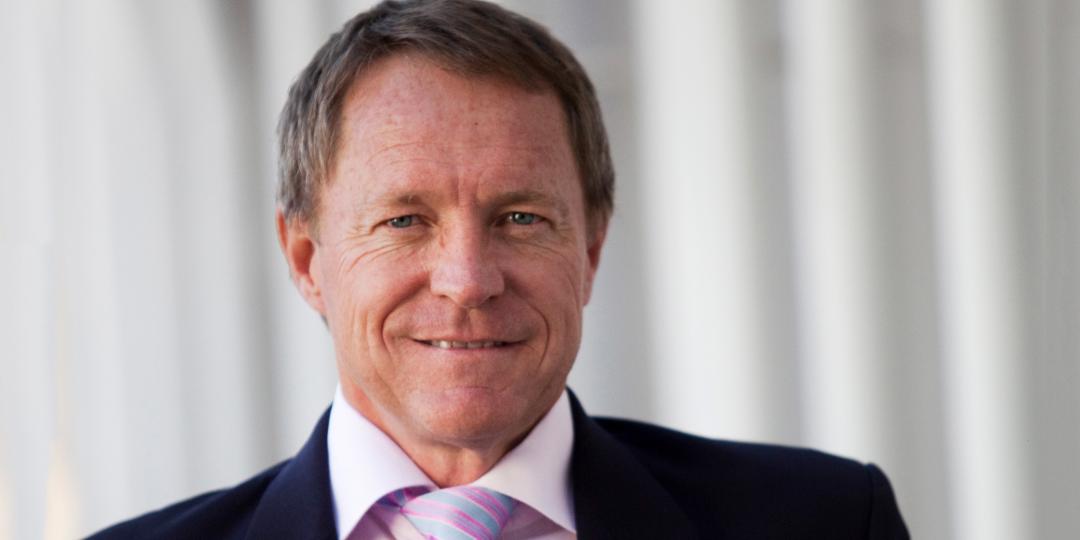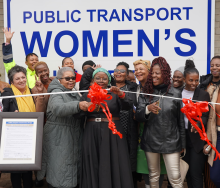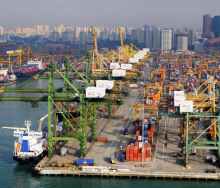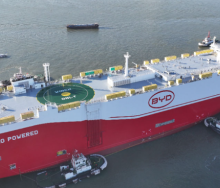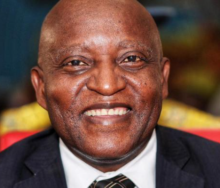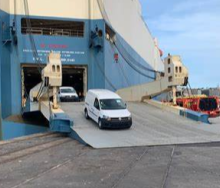All eyes are on South Africa’s third quarter (Q3) after the latest gross domestic product assessment by Stats SA for the second quarter (Q2) indicated that GDP had shrunk by 0.7%.
According to Efficient Group economist Dawie Roodt, it remains to be seen whether South Africa can avoid a technical recession, which will be the case if Q3 heralds consecutive contraction figures after Q2’s poor showing.
Should that be the case, the local economy will have back-to-back negative growth quarters.
It will make the 1st quarter, with slight positive growth of 1.7%, the last time the economy showed signs of recovery.
Roodt added that Q3 was likely to post better GDP data than Q2, whose figures were badly affected by the devastating floods in KwaZulu-Natal and grid instability confirmed by extended spells of load-shedding by energy utility Eskom.
He emphasised though that economic traction was best assessed on a half-year basis at least.
Better still, Roodt said it was important to assess economic traction over an even longer period as it could take up to two years for developments such as interest rate adjustments to work their way through the economy.
Speaking on national radio, he said “the best thing to do is to look at the longer-term growth for South Africa, especially half-year growth, which currently sits at 1-1.5%”.
Roodt stressed that the underlying reality was that the country’s economy was not growing, and that South Africa seemed to find itself in a rut of growth of 1.5% at the most.
The concerning aspect of this, he said, was that it meant more poverty, more unemployment, and more social stress as a result.
“We need economic growth of a lot more and unfortunately it’s not happening.”
Roodt wasn’t alone in expressing reservations about the economy following the Q2 stats announcement.
Several other economists said it was regrettable that South Africa did not have contingency plans for environmental calamities such as April’s flooding.
It came down to poor planning by the government, he said.
“We have fragile infrastructure and we have just about no plan should something happen, if there is a storm or some sort of natural calamity.”
Several sources mentioned that South Korea, currently lashed by Typhoon Hinnamnor, was prepared for the storm, with an integrated communication strategy in place.
